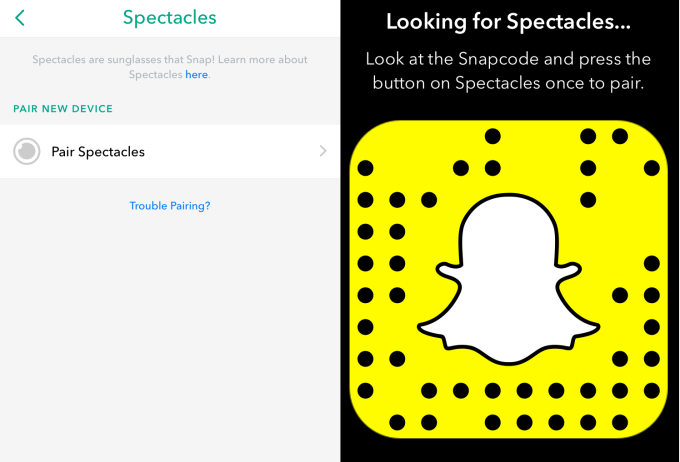
Now the copying is going the other direction, as Snapchat clones Instagram Stories’ rewind feature. But Snapchat is still innovating on the augmented reality features it popularized, plus adding new ways to share.
Today’s Snapchat update for iOS and Android introduces World Lenses. While its well-known Selfie Lenses change the way you look with dog ears and flower crowns, World Lenses change your surroundings. For example, you can add a sleepy cloud that rains down rainbow puke if you point your camera at the sky. Some World Lenses will actually animate your face too, and can have different effects depending on if you use your front- or rear-facing camera.
The new World Lenses will be available alongside the Selfie Lenses you can swipe through once you tap on the camera screen. Snapchat tells me “World Lenses will help Snapchatters decorate the world around them in even more fun and creative ways.” It already showed one off with a “Go Vote” airhorn this Sunday, and has now added flashlight, snow, floating hearts, and other World Lenses.
You can imagine how World Lenses could be fun to play with on Snapchat’s upcoming Spectacles sun glasses. Since you’ll be looking at your environment as you navigate through your day, and can’t really shoot selfies with Spectacles, World Lenses could help you spice up what your Specs capture.
Snapchat is readily preparing for the Spectacles launch. Just yesterday I spotted adds for the glasses in the security bins at LAX airport. And now there’s an option in the Snapchat app’s menu for pairing your Spectacles. You’ll just have to press the button on your Spectacles while pointing them at a special QR Snapcode on your app.

With new Lenses and Spectacles coming, you might see Stories that are too cool to keep to yourself. Luckily now there’s the option to tap on a friend’s Story or Live Story and send it as a snap to someone else. You could already do this with Discover stories by now every Story can be shared.
Finally, Snapchat is co-opting perhaps my favorite feature of Instagram Stories — the ability to rewind. Now you can tap on the left side of the screen to rewind one snap, and swipe left to go back to the start of the Story you’re watching. Previously you’d have to dig down into your already-watched Story list to rewatch something you missed. So if something awesome slips by, now you can rewind and share it with friends.
Re-sharing is important for Snapchat creators because there’s no good way to discover them in the app since it lacks any suggestions of who to follow or an Explore page like Instagram. While that does avoid Snapchat dictating what’s cool, it also makes it tough for creators to build an audience. Those creators are who keep fans coming back to Snapchat, so building features to assist them could boost their loyalty at a time when they might be tempted to post Instagram Stories.

World Lenses let you add weather and other crazy effects to your surroundings
Though it doesn’t have enormous financial backing like Instagram, Snapchat has built a strong lead in mind share, becoming synonymous with augmented portraits even though Facebook bought its own selfie mask startup MSQRD.
This kind of rapid product development will be essential for Snapchat now that it’s competing with Instagram Stories. Instagram CEO Kevin Systrom admitted to me his app’s version of Stories was directly taken from Snapchat and “They deserve all the credit.” But with 100 million people already using Instagram Stories, origin might not matter as much as which app executes best.


